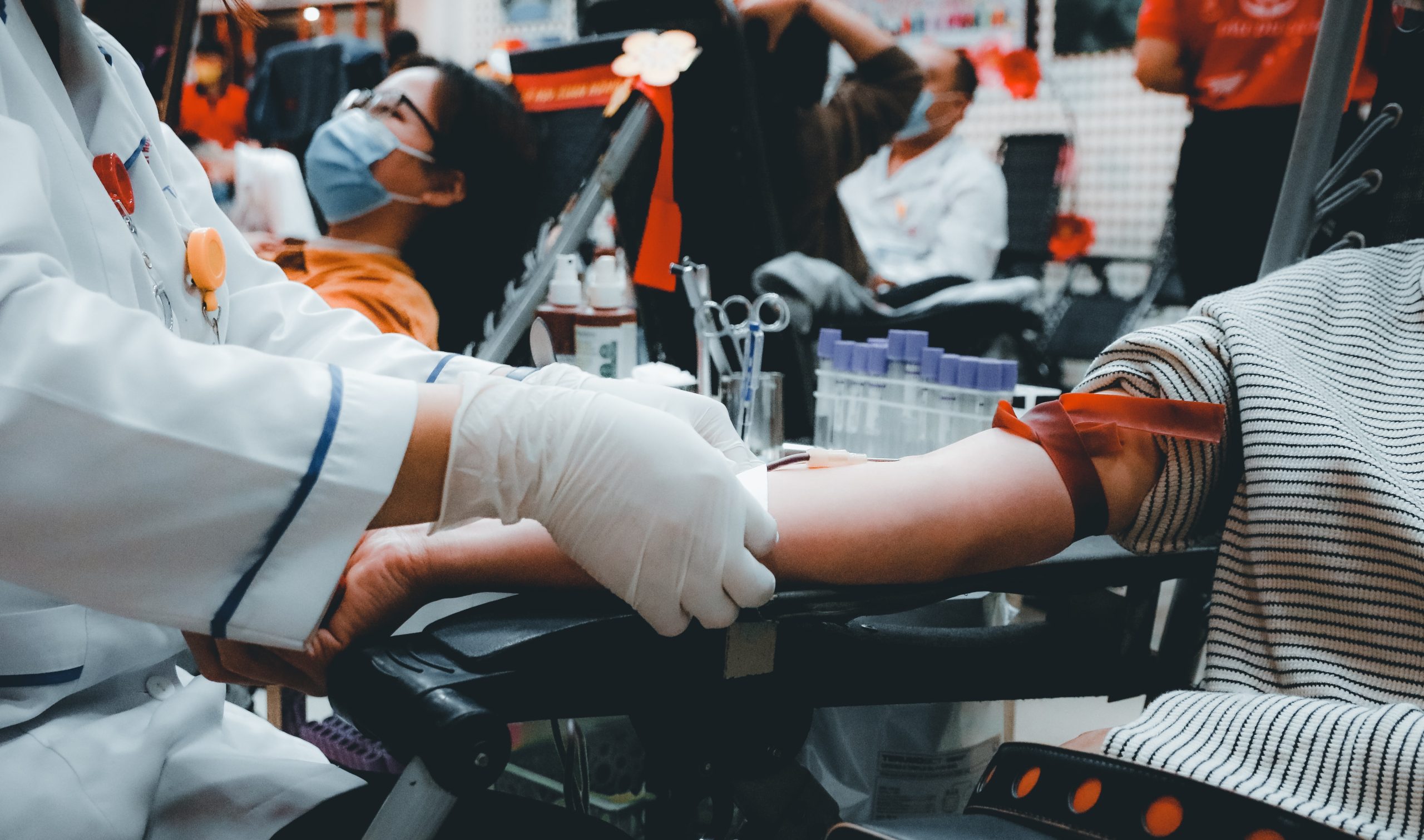Shielding Kids: Mitigating Lead Poisoning Risks
In today’s ever-evolving landscape of health challenges, safeguarding our children from potential hazards is of paramount importance. Lead poisoning remains a significant, yet preventable, threat that affects countless children worldwide. Dr. Emily Parker, a dedicated authority in pediatric care, has committed her career to comprehending and advocating for children’s well-being. With the resurgence of lead poisoning cases, Dr. Parker seeks to arm pediatricians, healthcare professionals, and vigilant parents with crucial insights and actionable strategies to protect children from this pervasive threat.
Understanding Lead Poisoning
Lead poisoning primarily impacts children and poses a significant risk to their health and development. The sources of lead exposure vary widely, encompassing old paint, contaminated soil, water from leaded pipes, and imported toys. Despite stringent regulations, these sources continue to exist, silently threatening the well-being of children.
Sources and Risks: Unveiling Hidden Dangers
The insidious sources of lead contamination often escape immediate detection. Outdated infrastructure, lead-based paint in older homes, and improperly manufactured products contribute to silent exposure. The risks associated with lead poisoning are manifold, adversely impacting a child’s cognitive development, behavior, and overall health.
Symptoms and Detecting Lead Poisoning in Children
Recognition of lead poisoning symptoms is pivotal for early intervention. Children affected by lead may exhibit behavioral changes, developmental delays, learning difficulties, abdominal pain, and fatigue. Understanding these signs is crucial for prompt diagnosis and necessary interventions.
Impact on Child Development: Unveiling the Risks
Research suggests that even low levels of lead exposure can result in irreversible developmental issues, affecting intelligence and behavior, highlighting the urgency for preventive actions. Lead exposure detrimentally affects a child’s growth and cognitive abilities.
Preventive Measures: Shielding Children from Lead Exposure
Proactive measures are pivotal in minimizing exposure and mitigating risks. Conducting regular home inspections, particularly in older residences, ensures identification and addressing of lead-based paint or contaminated sources. Water quality testing, coupled with lead-safe practices, significantly reduces the risk of exposure. Removal of potential sources and adopting preventive measures is crucial in reducing risks associated with lead poisoning.
Role of Pediatricians and Healthcare Professionals
Pediatricians and healthcare professionals play a pivotal role in identifying, screening, and providing guidance to families about lead poisoning. They guide parents on prevention strategies, conduct screenings, and offer appropriate interventions if a child is affected. Their role in advocating and implementing preventive measures is crucial in combating lead poisoning.
Educational Campaigns: Empowering Parents
Empowering parents through education is crucial. Informative campaigns and resources equip parents with the necessary knowledge to create lead-safe environments for their children. Educating parents on the dangers, preventive measures, and early warning signs is fundamental in prevention.
Lead Poisoning Treatments and Interventions
In the unfortunate event of lead poisoning, prompt treatment is essential. Medical interventions can include chelation therapy, aiming to remove lead from the body, along with measures to reduce further exposure. Early detection and intervention are key to minimizing the long-term effects of lead poisoning.
Advocating for Safer Environments
Advocacy and policy changes are imperative in creating safer environments. Advocates, healthcare professionals, and concerned citizens must collectively work towards regulations that eliminate lead from the environment, ensuring a healthier future for our children.
Moving Forward: Collective Responsibility
The battle against lead poisoning necessitates a collective effort. It’s the responsibility of society, governmental bodies, healthcare practitioners, and every individual to ensure the safety of children. By fostering awareness, implementing preventive measures, and advocating for safer policies, we pave the way for a lead-free future.

Visual Table for Key Points:
| Section | Key Points |
|---|---|
| Understanding Lead Poisoning | Sources, risks, and consequences of lead exposure in children |
| Symptoms and Detection | Identifying signs and symptoms, early detection, and intervention |
| Preventive Measures | Strategies for minimizing exposure within homes, schools, and communities |
| Role of Healthcare Professionals | Lead screening, diagnosis, and counseling |
| Advocating for Safer Environments | Policy changes, societal responsibility for a lead-free environment |
Conclusion
Lead poisoning presents a pervasive threat to our children, necessitating a multi-faceted approach for mitigation. By combining the expertise of professionals like Dr. Emily Parker and integrating practical preventive strategies, the aim is to protect the future generation from the detrimental effects of lead exposure. Advocacy, education, and prompt interventions play pivotal roles in ensuring a safer and healthier environment for our children. The collective responsibility of society is essential in preventing lead poisoning and fostering a lead-free future.










